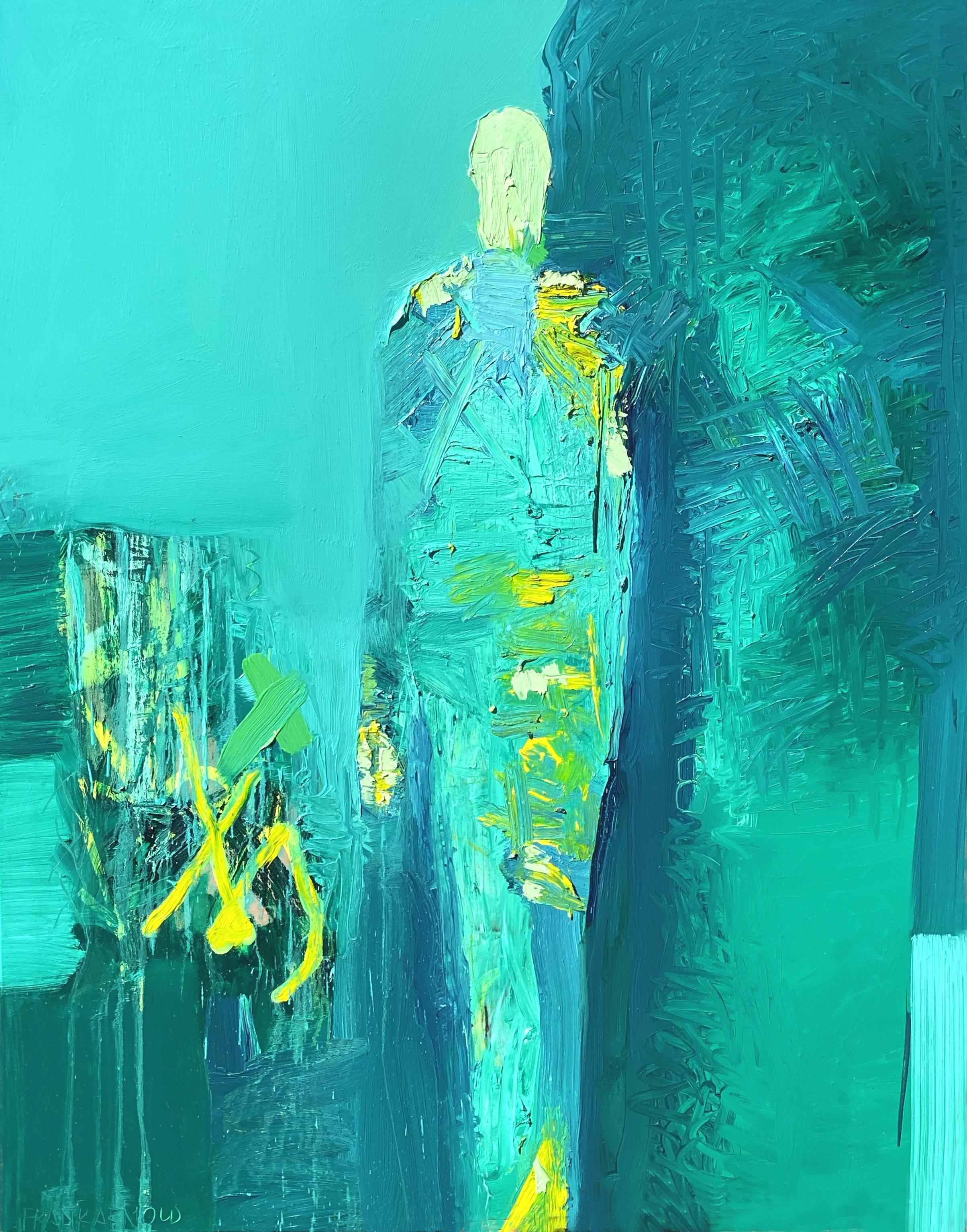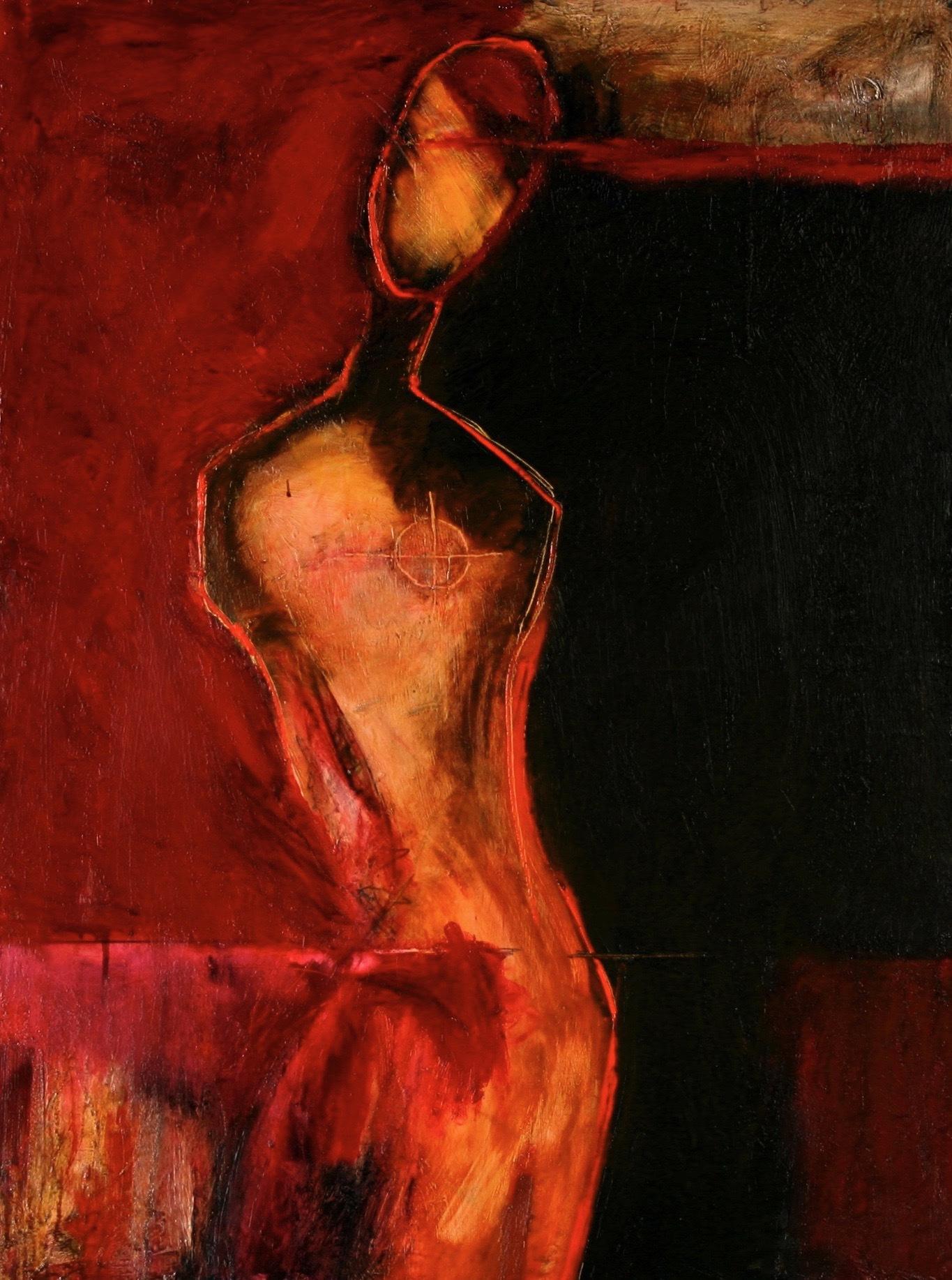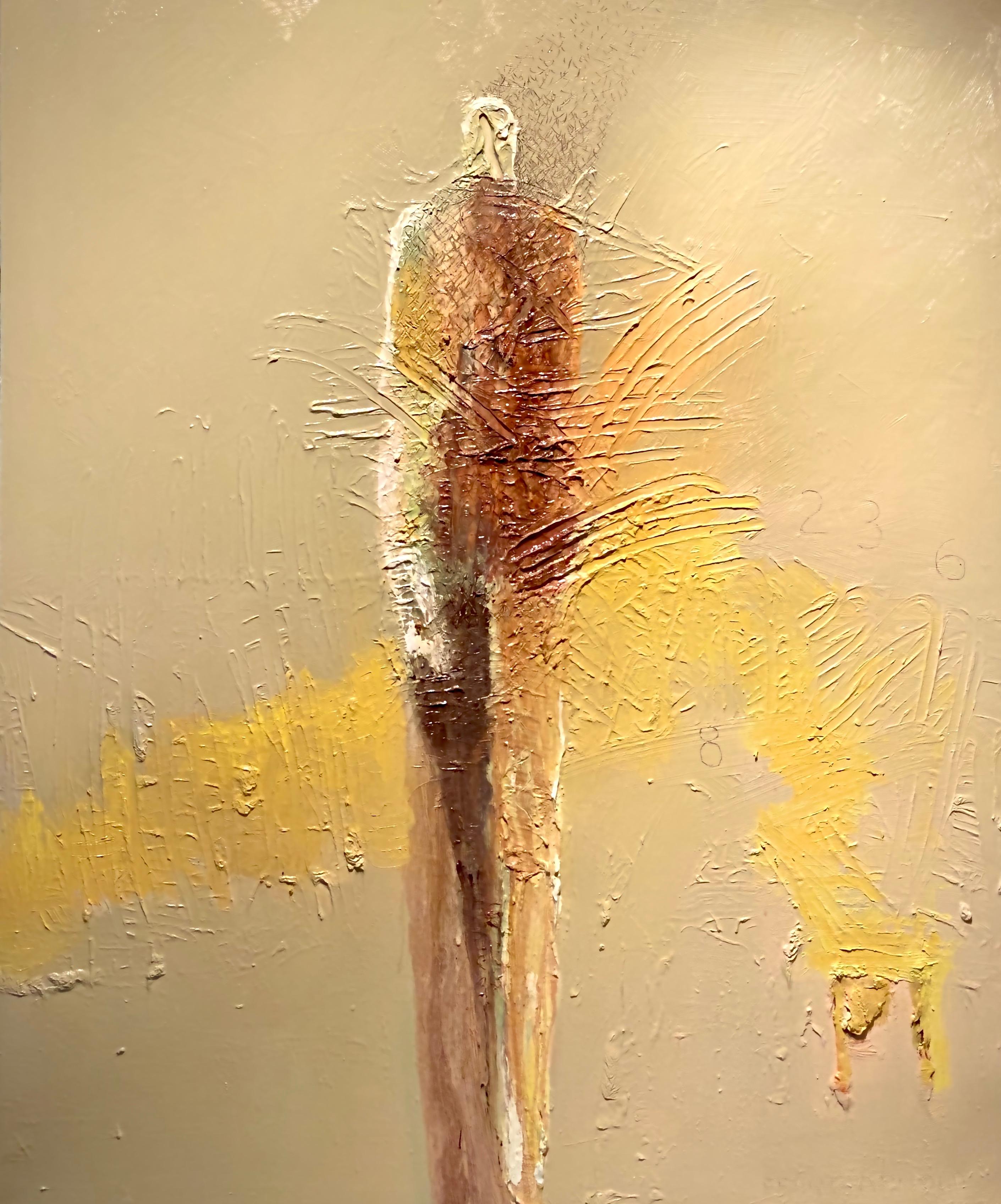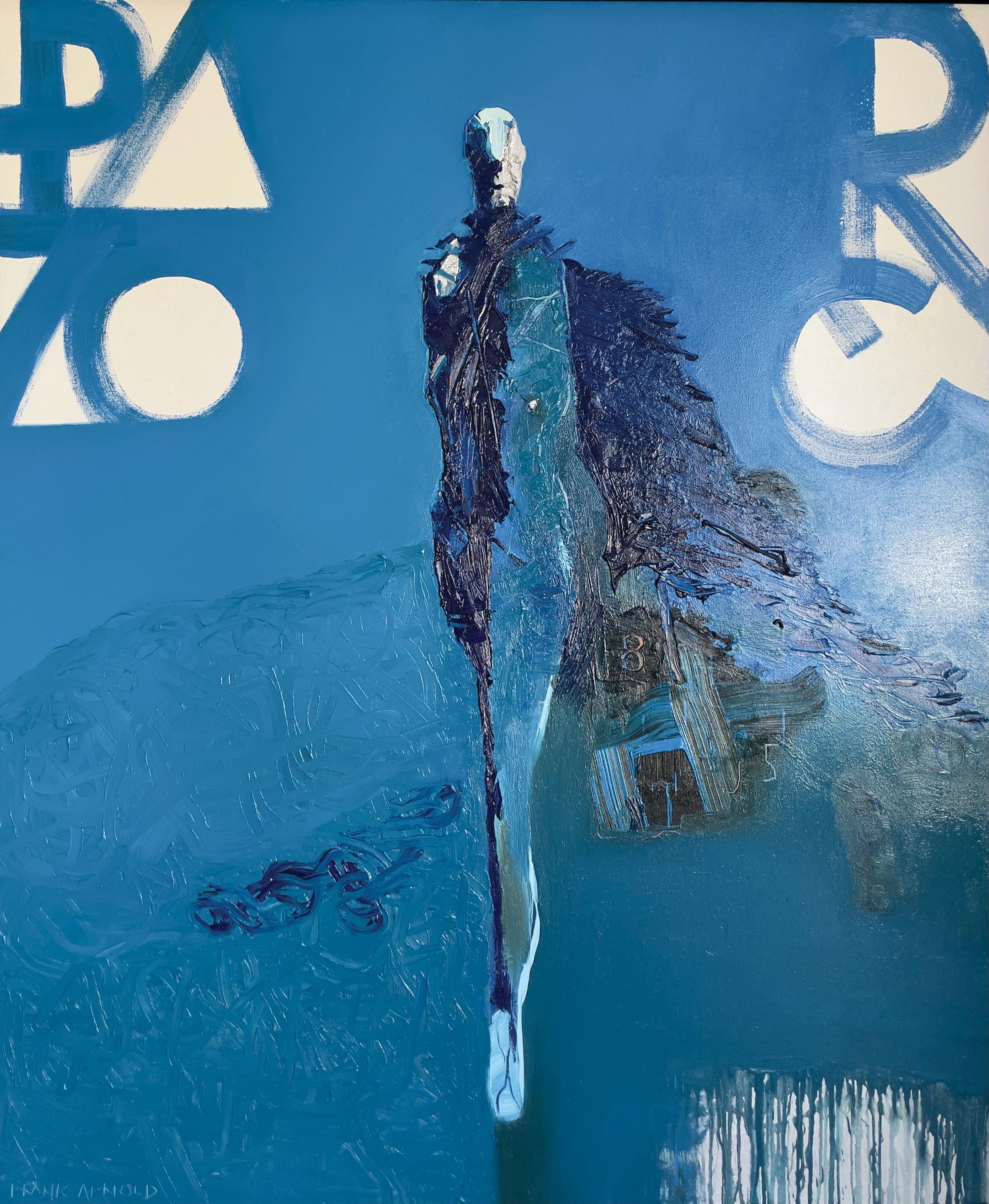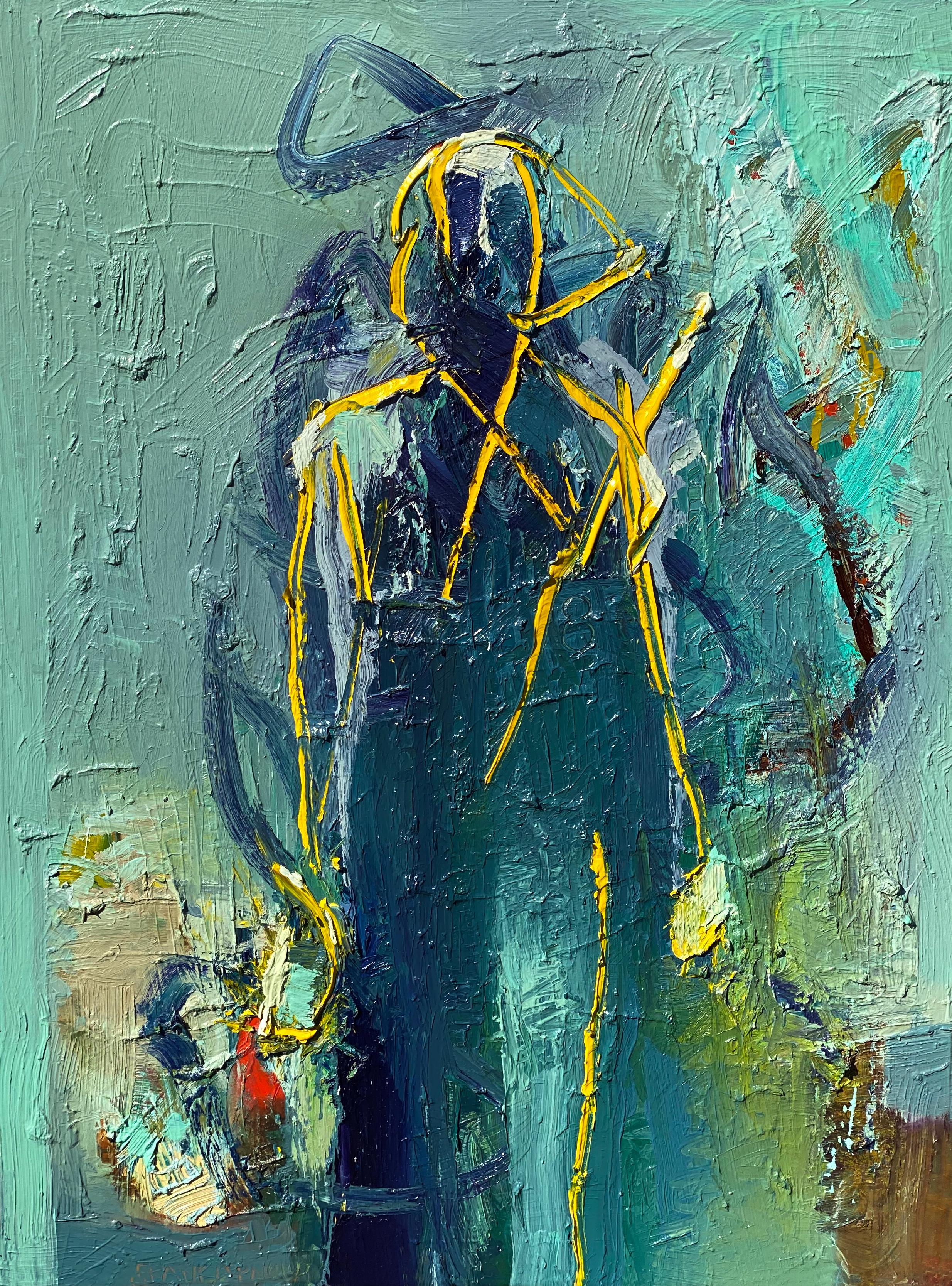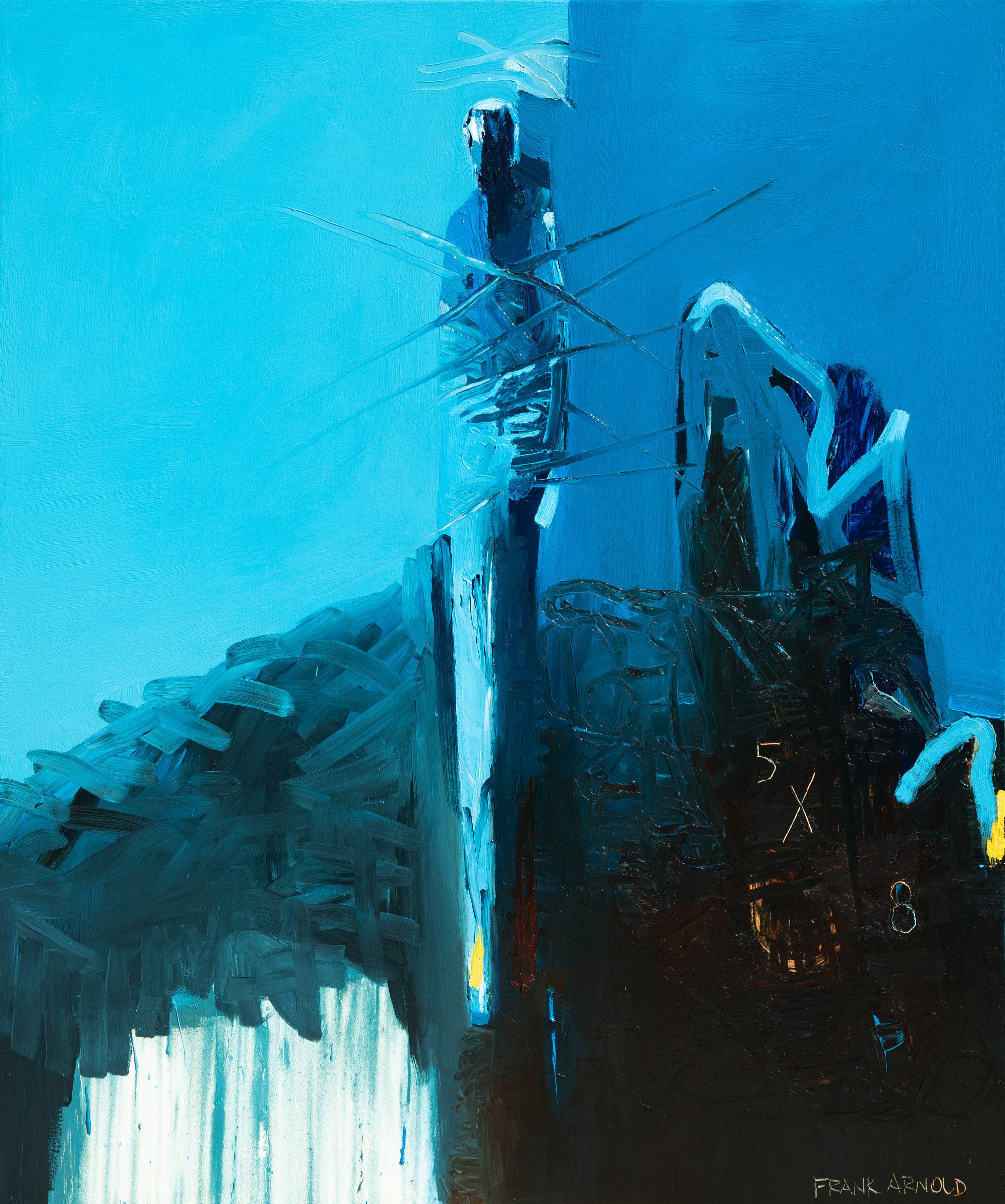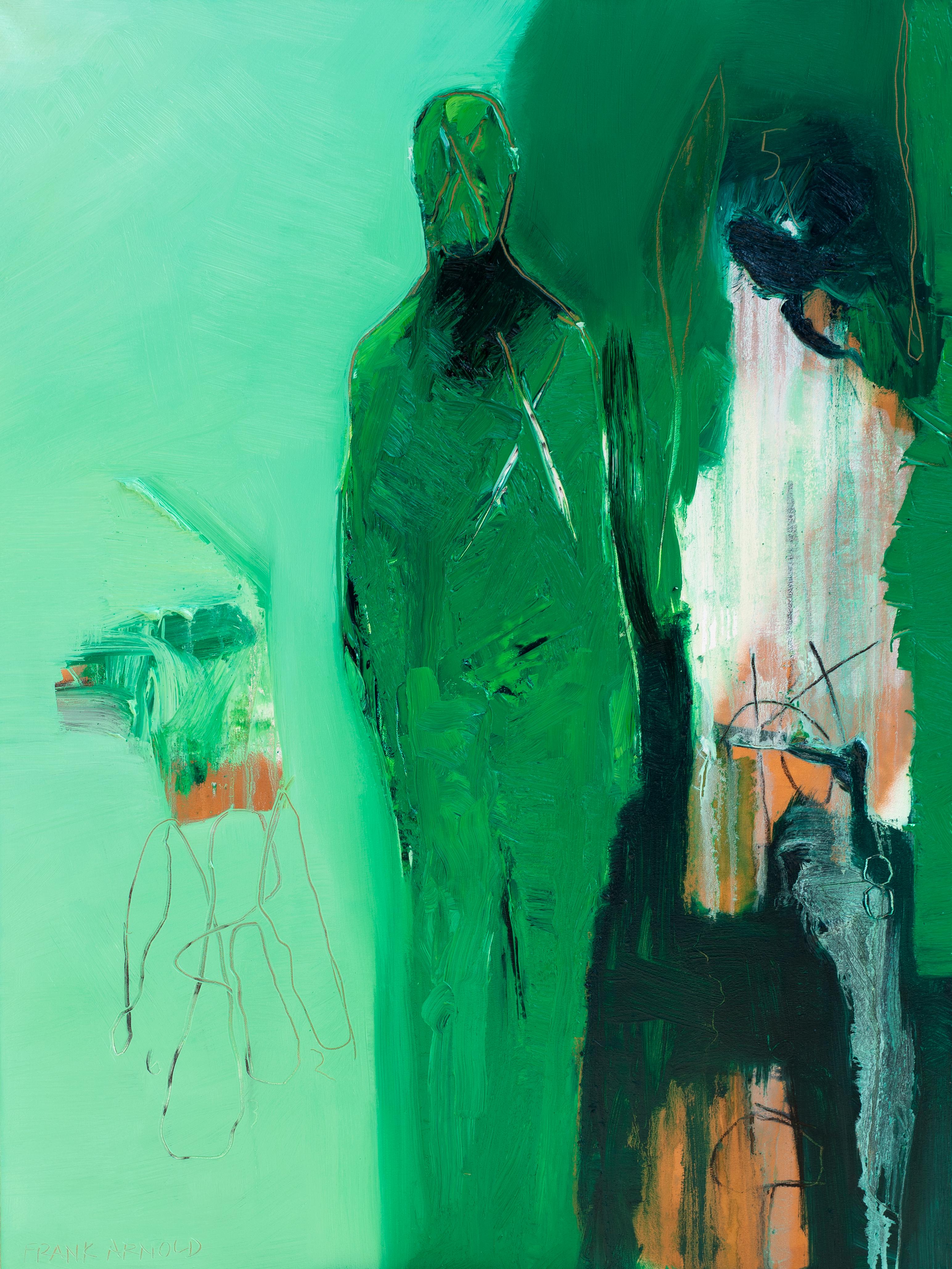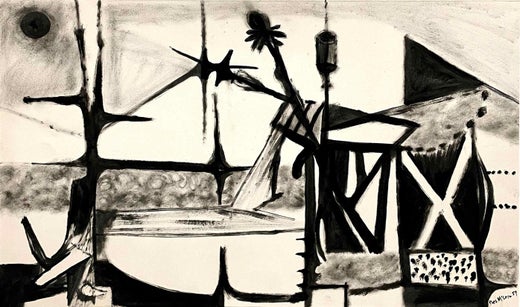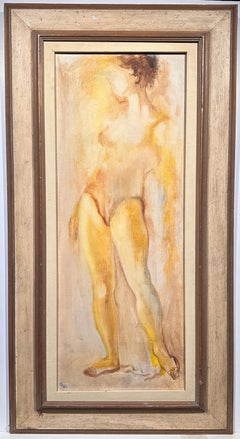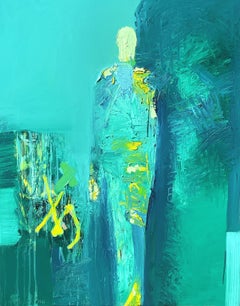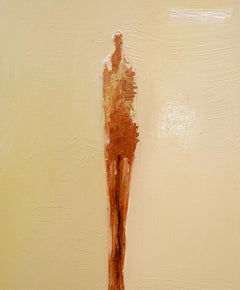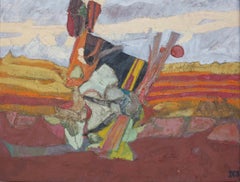
Surrealist Landscape
View Similar Items
Desmond McLeanSurrealist Landscape1966
1966
About the Item
- Creator:Desmond McLean (1929 - 2015, American)
- Creation Year:1966
- Dimensions:Height: 20 in (50.8 cm)Width: 25 in (63.5 cm)Depth: 1 in (2.54 cm)
- Medium:
- Movement & Style:
- Period:
- Condition:
- Gallery Location:Wilton Manors, FL
- Reference Number:1stDibs: LU24525092292
Desmond McLean
Desmond Patrick McLean was born on June 12, 1927, in Sligo, Ireland. His family moved when Desmond was three to New York and he grew up in Greenpoint, Brooklyn. McLean attended the Heatherley School of Art in London, England and the American School of Art in New York. He also studied at Hunter College with Robert Motherwell, Richard Lippold and William Baziotes. He also studied printmaking with Gabor Peterdi. He earned his bachelor's degree at Kean College and was awarded a teaching fellowship at the University of Chicago, where he was enrolled in the doctoral program. After that, he studied at Illinois State University before he got a tenured position as a professor of Art at the Teachers College in 1966. McLean retired from Rowan University's Art Department in 2002, where he had taught for more than 35 years. McLean died on November 30, 2015, after a long life as an artist and an art professor.
More From This Seller
View AllMid-20th Century Abstract Expressionist Abstract Paintings
Canvas, Oil
Mid-20th Century Abstract Figurative Paintings
Oil
Mid-20th Century Abstract Figurative Paintings
Oil
Mid-20th Century Abstract Figurative Paintings
Masonite, Paper, Oil
Mid-20th Century Abstract Expressionist Abstract Paintings
Canvas, Oil
Mid-20th Century Abstract Geometric Abstract Paintings
Oil, Wood Panel
You May Also Like
2010s Abstract Abstract Paintings
Oil
Early 2000s Abstract Abstract Paintings
Canvas, Oil
2010s Abstract Abstract Paintings
Canvas, Oil
2010s Abstract Abstract Paintings
Canvas, Oil
2010s Abstract Abstract Paintings
Canvas, Oil
2010s Abstract Abstract Paintings
Canvas, Oil
